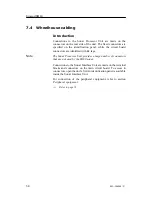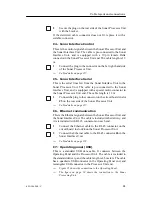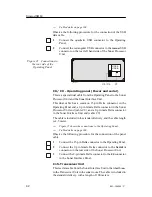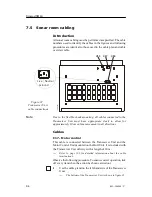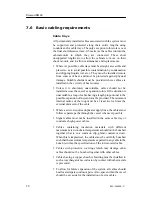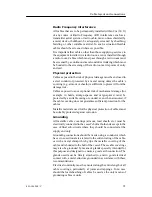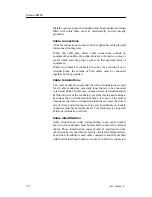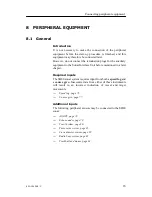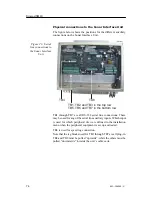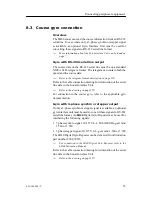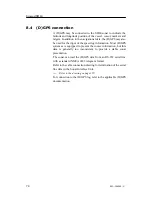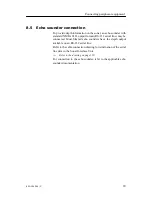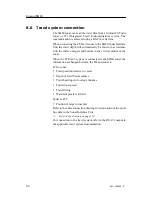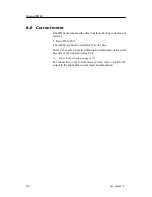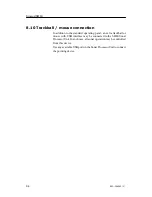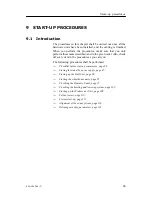
Simrad SH80
70
851--164300 / C
7.6 Basic cabling requirements
Cable trays
All permanently installed cables associated with the system must
be supported and protected along their entire lengths using
conduits and/or cable trays. The only exception to this rule is over
the final short distance (max. 0.5 metre) as the cables run into the
cabinets/units to which they are connected. These short
unsupported lengths are to allow the cabinets to move on their
shock mounts, and to allow maintenance and replacements.
•
Wherever possible, cable trays must be straight, accessible and
placed so as to avoid possible contamination by condensation
and dripping liquids (oil, etc.). They must be installed remote
from sources of heat, and must be protected against physical
damage. Suitable shields must be provided where cables are
installed in the vicinity of heat sources.
•
Unless it is absolutely unavoidable, cables should not be
installed across the vessel’s expansion joints. If the situation is
unavoidable, a loop of cable having a length proportional to the
possible expansion of the joint must be provided. The minimum
internal radius of the loop must be at least twelve times the
external diameter of the cable.
•
Where a service requires duplicate supply lines, the cables must
follow separate paths through the vessel whenever possible.
•
Signal cables must not be installed in the same cable tray or
conduit as high-power cables.
•
Cables containing insulation materials with different
maximum-rated conductor temperatures should not be bunched
together (that is, in a common clip, gland, conduit or duct).
When this is impractical, the cables must be carefully bunched
such that the maximum temperature expected in any cable in the
bunch is within the specifications of the lowest-rated cable.
•
Cables with protective coverings which may damage other
cables should not be bunched together with other cables.
•
Cables having a copper sheath or braiding must be installed in
such a way that galvanic corrosion by contact with other metals
is prevented.
•
To allow for future expansion of the system, all cables should
be allocated spare conductor pairs. Also, space within the vessel
should be set aside for the installation of extra cables.
Содержание SH80 - REV C
Страница 2: ......
Страница 14: ...Simrad SH80 X 851 164300 C Blank page...
Страница 61: ...Transceiver unit 45 851 164300 C Figure 13 Mounting the Transceiver Unit CD3110A...
Страница 186: ...Simrad SH80 170 851 164300 C 12 3 Installation drawings The SH80 installation drawings are provided on the next pages...
Страница 195: ...Installation remarks 179 851 164300 C Party Date Signature Party Date Signature Party Date Signature...
Страница 196: ...Notes...
Страница 197: ...Notes...
Страница 200: ......



